4 Ingredients of A Great Wildlife Photo
4 Ingredients Of A Great Wildlife Photo
by Tin Man Lee
I survived yet another presentation last night at the Sierra Club. (Thanks Alan Jacknow for the invitation!) That's two talks in a span of 5 days, with the last one at South County Photo Club. (Thanks Bob Greenberg for the invitation!)
While I was driving thru the LA traffic to the venue last night, I suddenly had an idea of using Da Vinci's Salvador Mundi painting, the most expensive painting to date (>$400 million), to introduce my "Maximum Emotional Impact" method and describe how I reverse engineered how these master painters evoked emotion in their art and how we could apply it to wildlife photography.
The response from the audience was really good and I even sold a few DTS courses so that's great.
As you may know, I have been obsessed in demystifying how certain art piece became timeless and ultra popular, from photos to paintings, to even books and movies.
One of the writers I'm particularly interested in, as mentioned in a previous post, is Chinese Author Ngai Hong who had written hundreds of best-selling sci-fi and kung-fu books and screenplays including Fist of Fury played by Bruce Lee, oh how much I love that movie.
I was in heaven when I recently found out that I could download his books in my Kindle app. I read his new books, and also some of his old sci-fi books which I had read in my teenage years.
I couldn't put them down.
One of his new books, titled "Ha Ha Ha Ha" talked a lot about his life. He also talked about his definition of a great novel, and what were the 4 ingredients that made a great novel.
I felt that these 4 ingredients can be perfectly applied to wildlife photography.
If you can read Chinese, you can buy his book here.
I also found an interview in youtube (in Cantonese) that was quite interesting and was related to some stories in the book.
What is a great novel?
He said a great novel is one that once picked up and started, one would forget to eat and sleep until finished.
I remember my good friend Carl once told me a quote from a famous photographer, was it Ansel Adams? I forgot. I couldn't find that quote. But it said a good photo would make you want to look at it again and again, and would make you think.
What are the 4 ingredients for a great novel? Here they are in Chinese.
Let me explain what each one is and how you can apply it to wildlife photography.
I will include one image of mine which I think contains that ingredient. And I will also pick the first photographer that comes to mind when I think of that ingredient.
#1: Moody atmosphere
Robert McKee once said that story = mood + emotion.
What is mood?
Imagine a guy kneeling down, proposing to a girl.
The mood can change a lot if he was kneeling down next to a dumpster with rats running around, or at a spot full of flowers overlooking the distant mountains, backlit, in the last ray of light.
Mist can always help create a mysterious mood.
 Amboseli, Kenya. Nikon D850, 70-200, f/2.8, 1/800s, ISO 64
Amboseli, Kenya. Nikon D850, 70-200, f/2.8, 1/800s, ISO 64
If you want to learn how to create great mood/atmosphere in your photos, check out the work of photographer Federico Veronesi.
#2: Unexpected drama
Nowadays, we have read and watched too much of everything.
Most of us can guess what's the ending within the first minute of reading a book or a movie.
In order to keep the viewers at the edge of their seat, it has to have a lot of unexpected drama.
Think Game of Thrones (except the ending...). Think Breaking Bad.
Birdie and the beast. Yellowstone National Park. Canon 1D Mark IV, 500mm f4.
If you want to learn how to create unexpected drama in your photos, check out the work of photographer Paul Nicklen.
#3: Smart creative composition/storyline
Forget rule of thirds. In order to stand out from the crowds, one has to put in more thought on the composition. One needs to be more creative. But don't just try random composition for the sake of it.
It still has to "work", meaning that it should have harmony in it.
Still, the overall goal for #3 is to make viewers wanting to look at your photo again and again, not some random blurry abstract shot that makes people go "yewww".
Bighorn sheep. Yellowstone. Canon 1DX Mark II, 600mm, 2x tc.
If you want to learn how to be creative in composition in your photos, check out the work of photographer Vincent Munier.
#4: Beautiful to look at
Ahh, you may say. How do you define beauty? It's difficult and subjective, but I think photographer David Ward has a good description. (thanks Carl for letting me know)
For wildlife photography, as a good starting point, the photos should not have harsh shadow, distracting background, lines cutting thru the animals, sticks and branches coming out from the butt, stuff like that.
There are of course a lot more subtle traits but is difficult to be described in words.
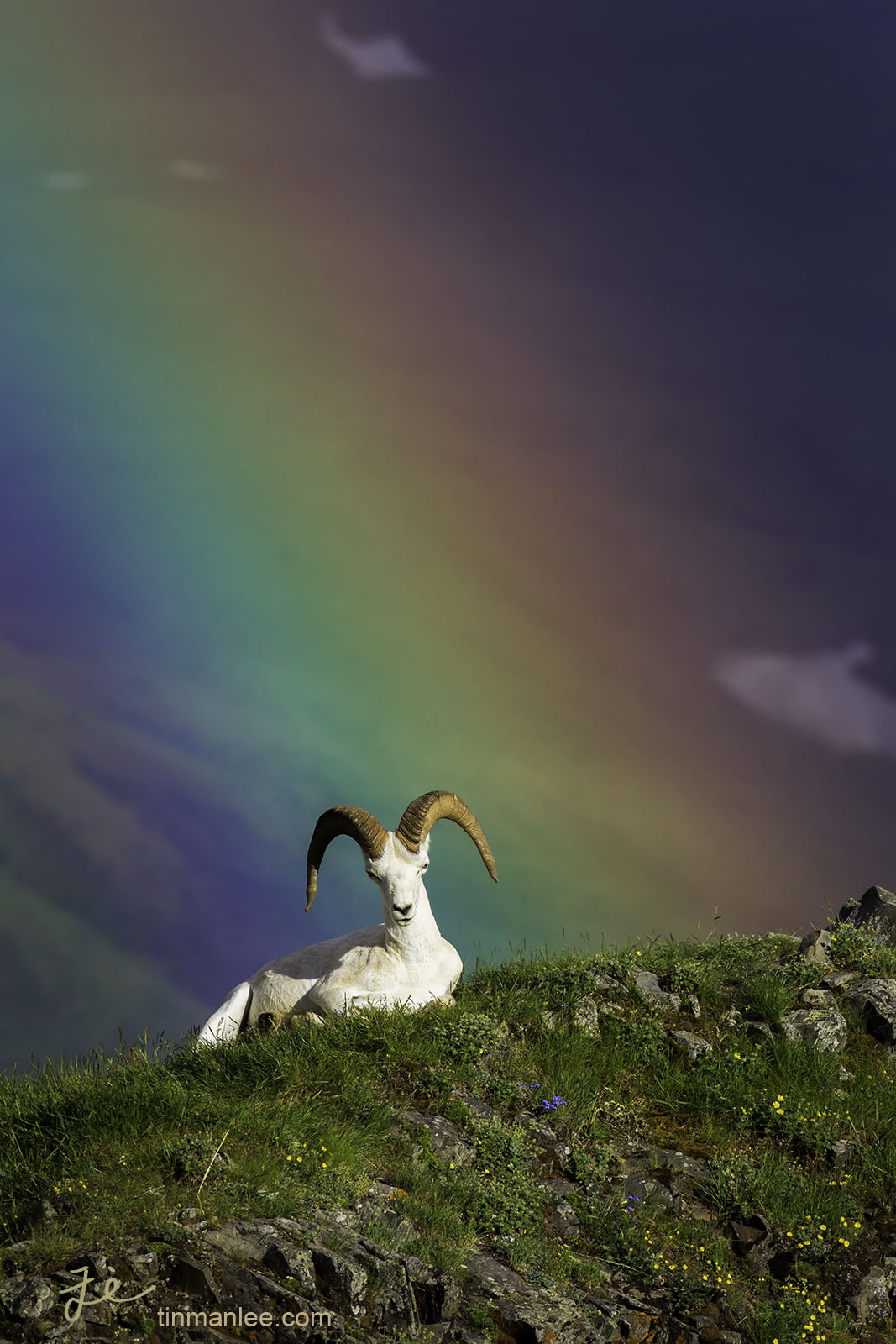 Dall sheep. Denali National Park. Canon 1DX, 500mm f/4.
Dall sheep. Denali National Park. Canon 1DX, 500mm f/4.
If you want to learn how to create beauty in your photos, check out the work of photographer Andy Parkinson.
Summary:
So take a look at the photo you just posted in social media or submitted to a contest/publication, do you think it contains all 4 ingredients? Let me know what you think in the comment below.
Tin Man
P.S. If you enjoy this post, you may like to check out two of my previous posts.
5 critical elements of wildlife photography part 1
P.P.S. Back in July, I travelled back to Lake Clark National Park after a 5-year absence. This time, I went with my group.
The plane landed on a small beach. James, our host, and Belle, our guide, came to pick us up in an ATV pulling two carts. I sat in the back of the second cart.
While I was being bounced up and down on the unpaved road, I looked at this familiar place.
It's been 5 years. So much had happened in my life since then. Past memory was flashing back at me when suddenly the ATV stopped.
Another ATV 200 meters away, across the meadow, also stopped.
A guy in his XTRATUF boots got off from that ATV and walked towards us. He must have had seen something, maybe a bear (?) and wanted to talk to Belle.
As he walked to Belle, he didn't stop. He kept walking. He walked past the first cart, then the second cart, then stopped a few feet from me.
We looked at each other for 5 seconds. Then he smiled, pointing at the passport holder around my neck.
I jumped out of the cart, and gave him a bear hug, with eyes full of tears.
He's one of my photographer heroes, Hugh Rose. I had not seen him since my polar bear trip led by him in 2013. It was a tough 2013.
What was he pointing at? Turned out I had put my business card in front of my passport holder, and on it I had a photo printed. He saw that. That was taken in our 2013 trip.
I had written a post about that encounter. (in both Chinese and English. For English, scroll down after you click the link)
We had a very good reunion later. His polar bear tours are usually fully booked years in advance. But due to some last minute cancellation, he has a few spots for Sept and Oct 2019! Check out his tour website or email him at hrose@alaska.net for details. Definitely one of the best trips of my life. Highly recommend!
If you want to receive updates on my blog post and hear more about my photography techniques, please subscribe to my newsletter!

ABOUT THE AUTHOR
Tin Man Lee is a wildlife photographer who has won the Grand Prize (2013) and Winner of Wildlife Category (2018) in the prestigious Nature's Best Photography Windland Smith Rice International, among 25,000 entries from 50 countries. His photos have been displayed at the Smithsonian Museum of Natural History in Washington DC, G2 Gallery in Los Angeles, and an invited solo exhibit of 48 photos at HKUST, Hong Kong. His passion is to take wildlife photos that evoke emotion to celebrate the beauty of nature. He teaches a wildlife photography boot camp and the DTS editing class.
All of the above photos were edited from RAW to JPEG by a workflow I developed over the years which allowed me to win grand prize and winner category of Nature's Best Photography Windland Smith Rice International and other awards. The workflow is brand new and different from traditional editing where it used a human visual psychology approach. Over 400 copies have been sold and many students had won international awards and publications after mastering this technique, which I called Dynamic Tension Stacking. Click below and check it out.
Being able to find animals is as important as mastering your photography skills. Check out my Photographer's Guide to Alaska, Mount Evans and Falkland Islands.
Join the 8,000+ readers and subscribe to my email newsletter where you will get my daily tips on wildlife photography and news and trip reports. You can unsubscribe anytime.




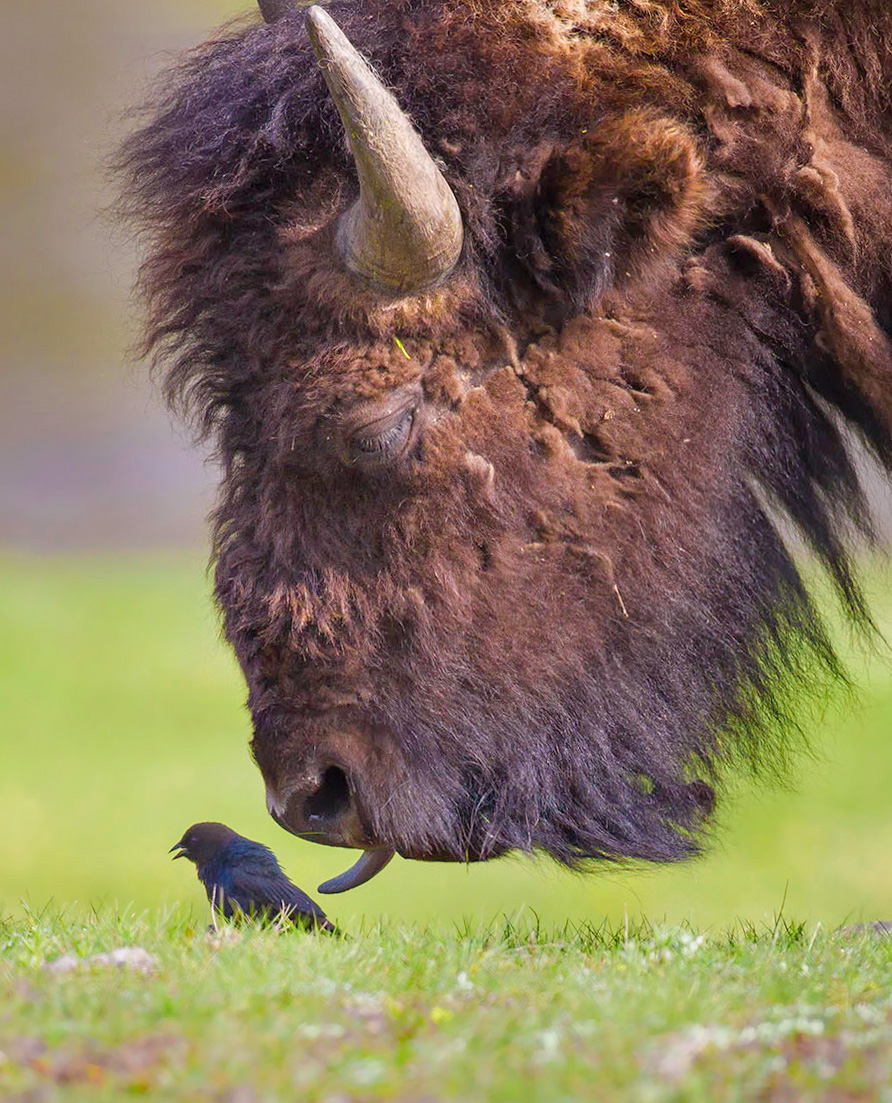
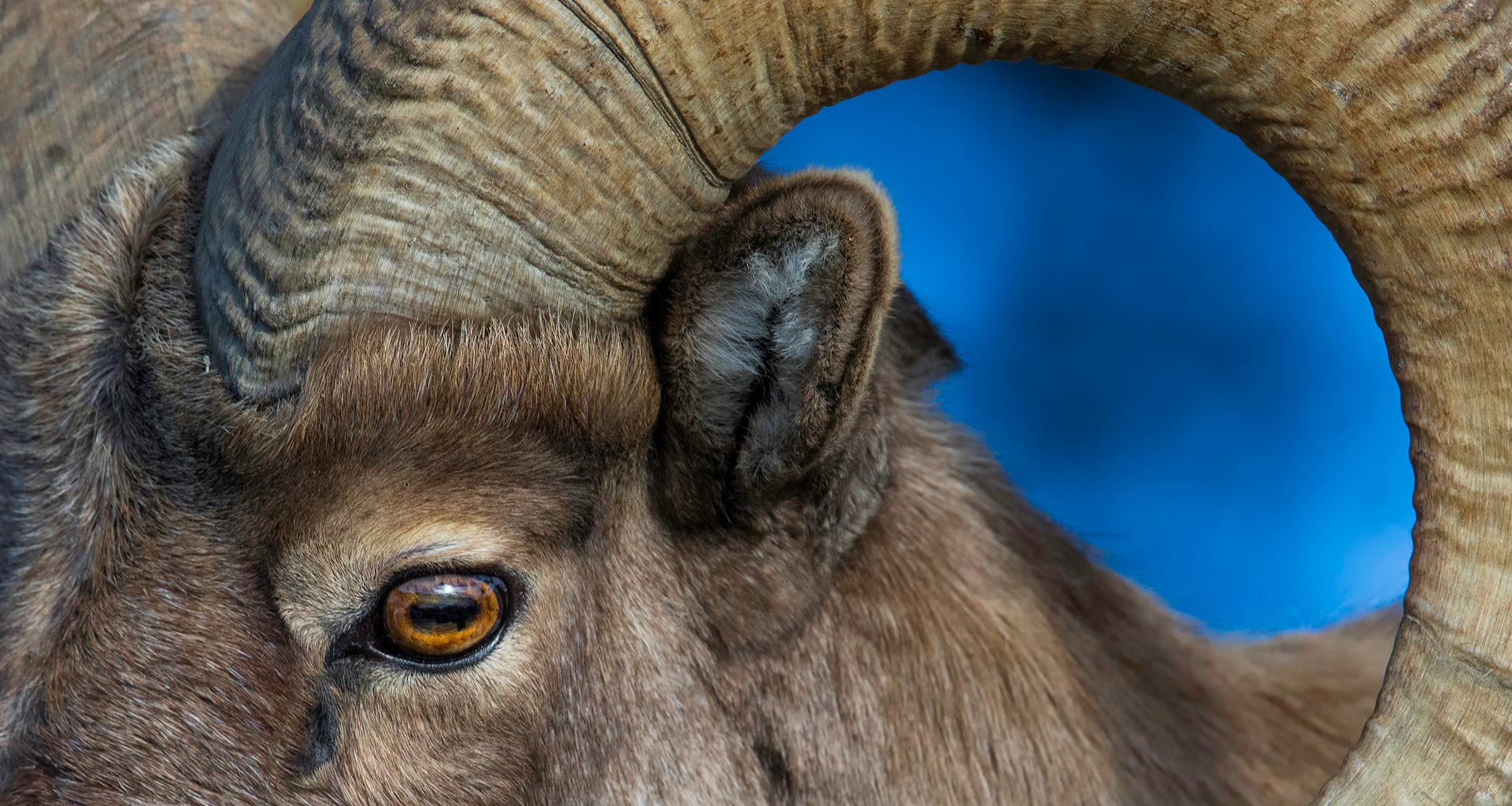
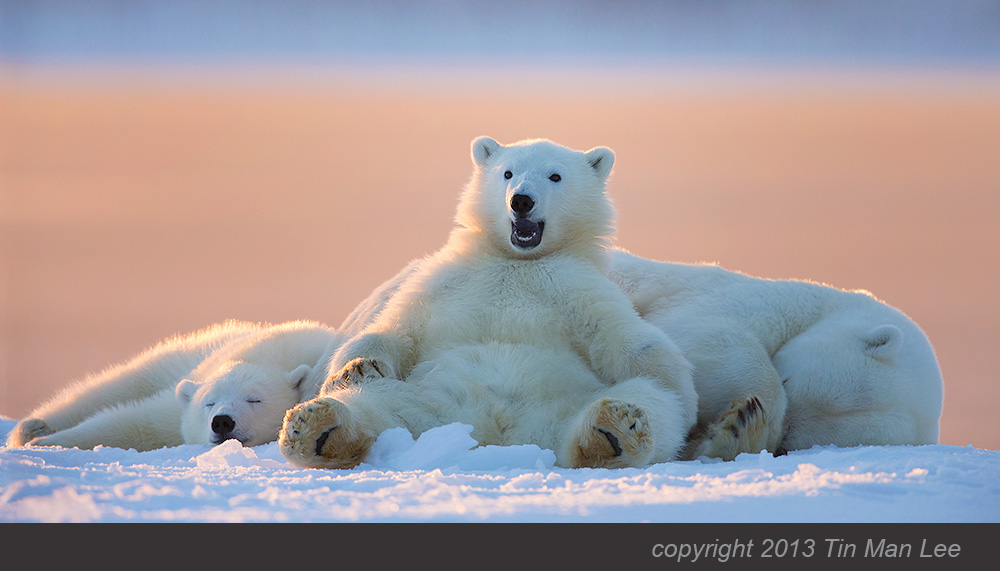
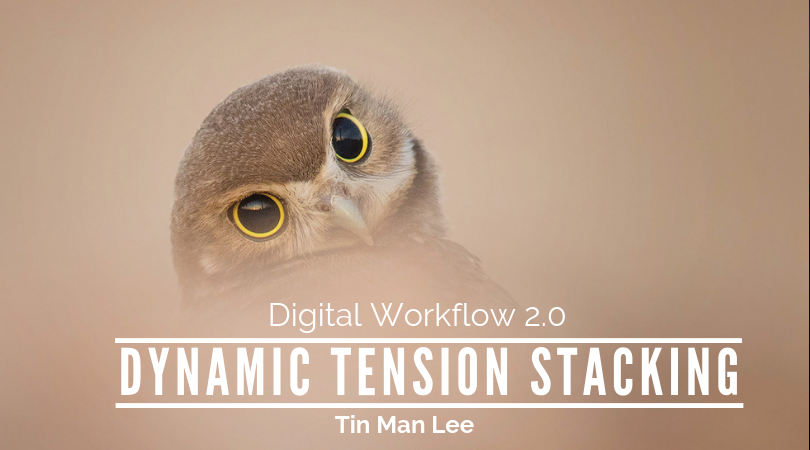
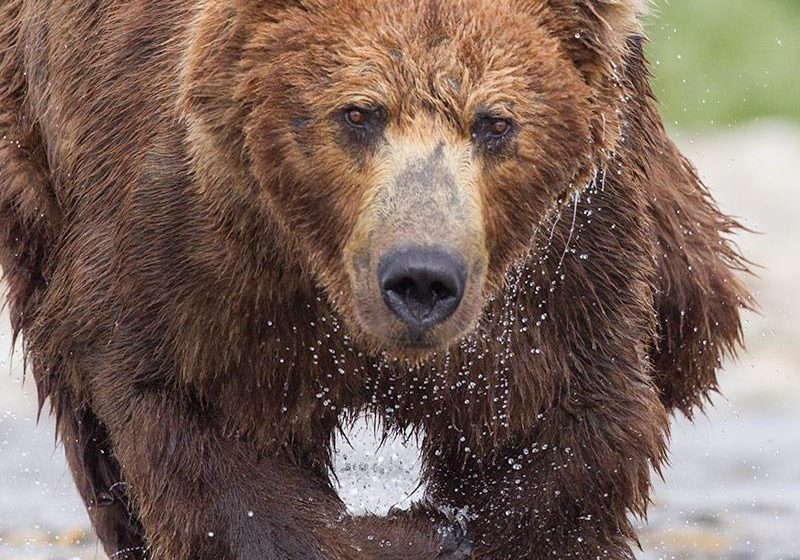
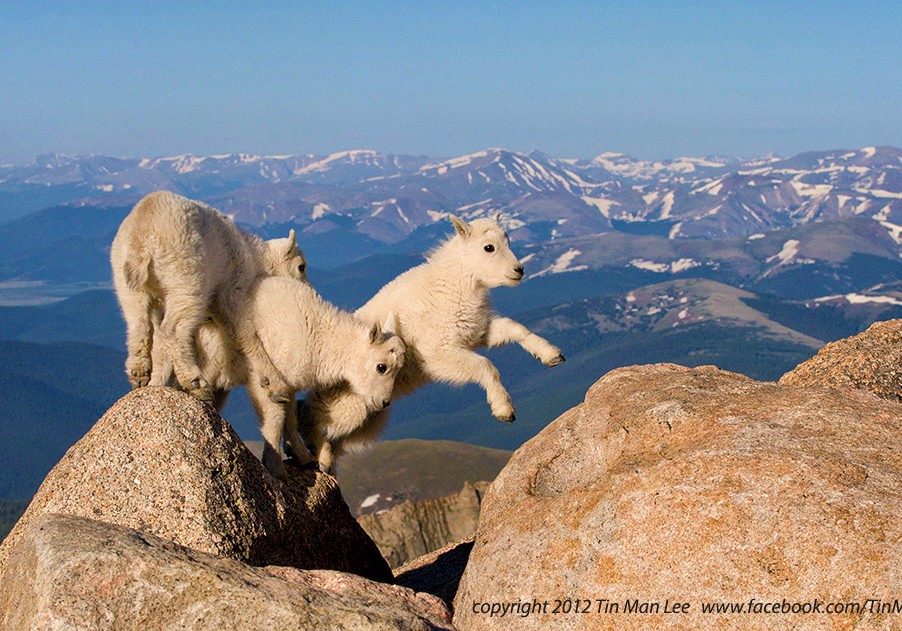
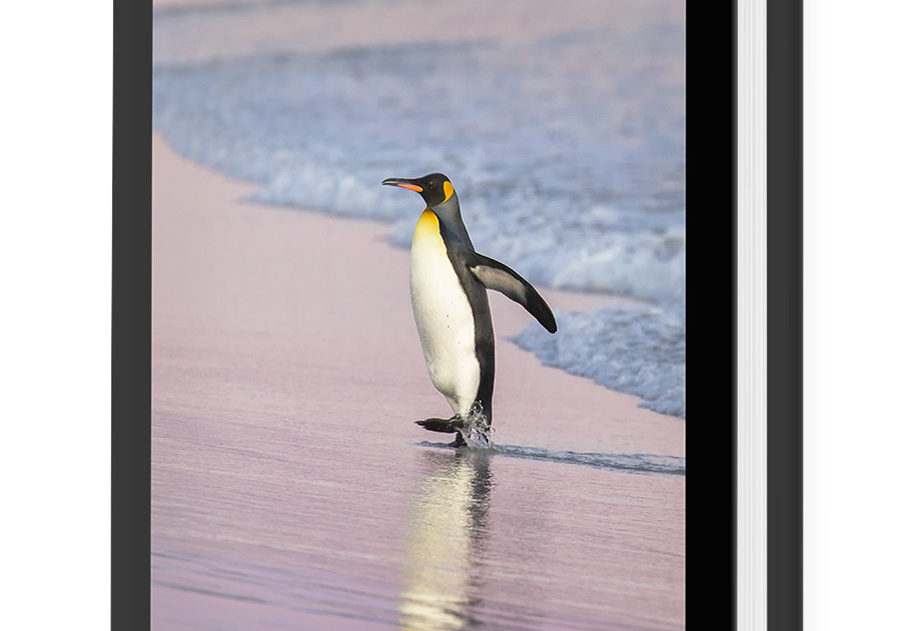
Well written and insightful post. I appreciate your adding the names of the highly respected photographers you added to help illustrate your points.
Really enjoyed reading your articles, very well written and full of wisdoms. Your photographs are great art pieces with drama, beauty and characters!
Thanks a lot for sharing your wisdom, experience in photography and sharing the wonderful images. It really helps in my photographic journey.